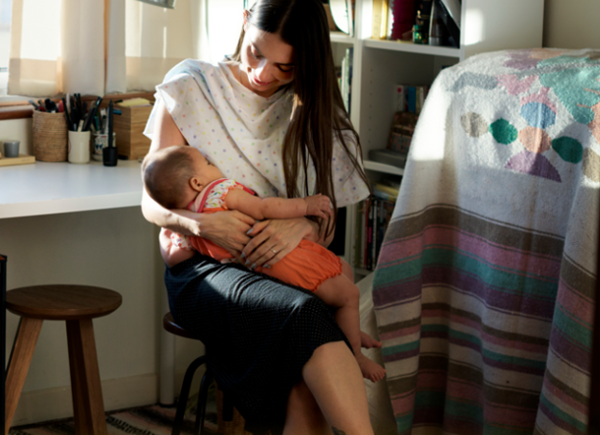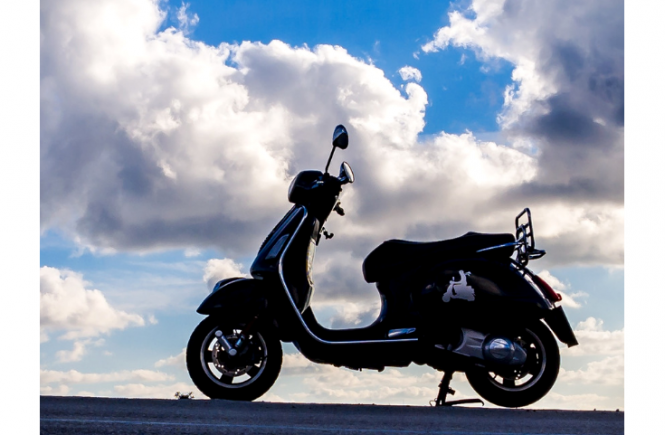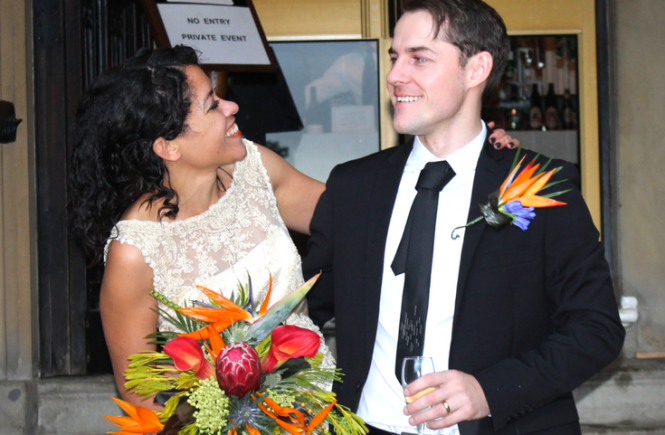In 2015, it was widely reported that the average cost of raising a child was £230,000, with 44% of parents having to cut back significantly to make ends meet. Three years later, the cost has been lowered to £150,753 , according to figures by Loughborough University’s Centre for Research in Social Policy (CRSP), but parents still struggle to meet the threshold.
CRSP Director Donald Hirsch explains that the drop in expenditure is because of additional childcare support for families, but even this has not made the lives of parents easy. Even families with two full-time working parents are 11% short of the acceptable income threshold.
Sounds daunting, right? Well, there are still ways to raise a child without breaking the bank. Here are a few simple ideas to get you started in the first year:
Buy only what’s necessary
Your children don’t really need much during their first year because all they ever do during this time is to eat, sleep, and cry. Focus only on having the very basic items like baby clothes, baby bottles (if you cannot breastfeed), and nappies. Items like toys and decorations for their rooms can come later, but only when they’re absolutely necessary.
Baby Centre recommends putting together a checklist that includes what your baby might need — just be sure to observe their needs first before making a purchase.
Understand which items you can buy used, and which ones you need to buy brand new
It’s important to understand that it’s okay to buy used baby clothes and shoes, as this is one of the best ways to save money. Babies grow really fast, which means buying brand new is not always practical. Baby toys are also okay to purchase second hand.
Meanwhile, car seats, cribs and mattresses need to be bought new. Safety standards for these items change frequently and you don’t want to compromise your child’s safety over saving some money. Carriers need to be bought new, too, because they’re notorious for recalls — which means straps, snaps, and other closures should all be brand new.
Think carefully about what you do buy second hand, where it’s coming from and if there are any recall notices in effect.
iCandy explains how double buggies are subject to more wear and tear, which means that if you need that type of buggy, investing in a good quality product could save you money in the long run. This is especially true if you’re planning a large family!
Invest in multi-purpose items
To be able to get the most out of your money, it’s important to look out for options that serve different purposes and can be useful for you and your baby in many ways. The Cosatto Easi Peasi Changer featured on The Independent is one good example, as it can serve as a changing mat, bath, and storage device in one.
Items like these are perfect for parents who don’t have enough space in their house for a separate baby bath, changing table, and storage unit. Another example would be the Ingenuity Trio 3-in-1 High Chair, as it can function as a traditional reclining highchair, a booster seat, and a toddler chair.
Impose a limit on yourself
It’s very hard to resist buying cute baby items, especially if you know they will look good on your kids. But we’ve shown here on Homely Economics that no matter how good shopping makes you (or your kids) feel, the euphoric effects from a new purchase do not last.
Blowing the budget only blows up your monthly bill and leaves you scrambling to make ends meet by the end of the month, and who wants that? It’s best to set a budget and follow it to the letter.
Over to you…
Do you have any more ideas on raising a baby frugally? Let us know in the comment section below.




